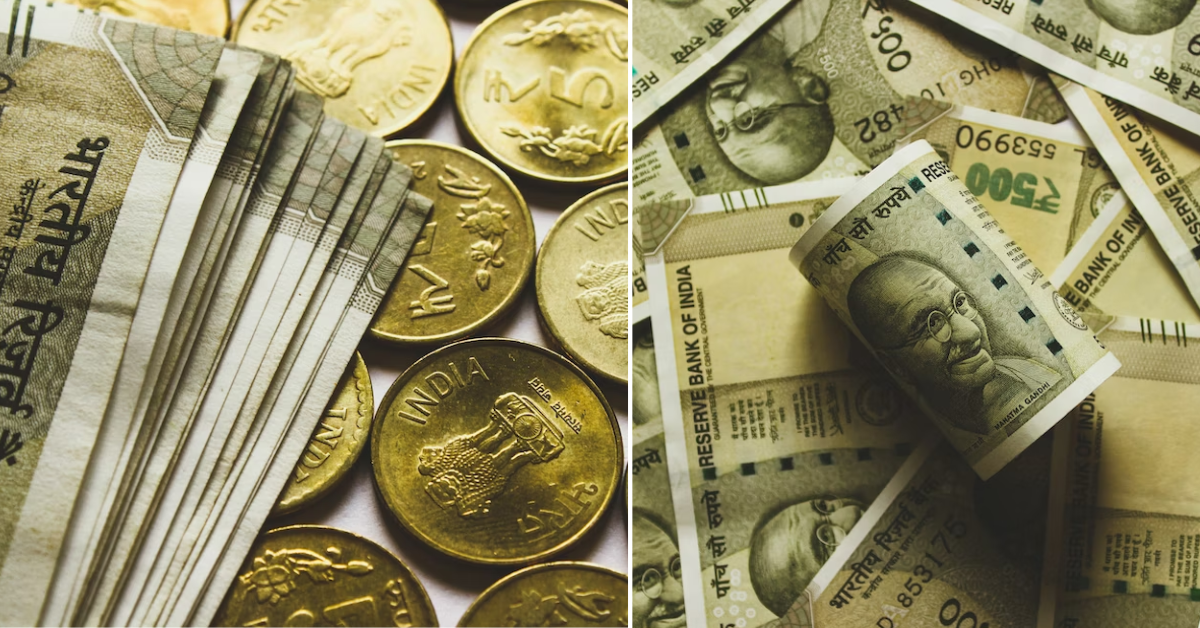The rupee was then expected to rise nearly 1% to 82.50/$ in six months and around 1.5% to 82.00/$ in a year.
According to a Reuters poll of currency strategists, the Indian rupee will trade near record lows against the US dollar in the coming months, and the Reserve Bank of India will likely intervene less in the coming year to support the currency.
India’s economy is expected to grow by 6.3 percent this fiscal year, making it the world’s fastest-growing major economy. The rupee, on the other hand, is not reflecting that optimism, having fallen to a record low of 83.29/$ earlier this month.
The rupee has fared better than most of its Asian peers, falling only 0.6% for the year thanks to the RBI’s regular interventions in currency markets to halt any sudden movements.
Although the recent decline in US Treasury yields and weaker-than-expected US economic data weakened the dollar, the rupee was not expected to benefit significantly.
According to the most recent Reuters poll of 42 foreign exchange analysts, conducted Nov. 3-7, the rupee will trade around its current level of 83.25/$ in a month and 83.00/$ in three months.
However, more than 30% of strategists (13 of 42) still expect the rupee to hit a new low by the end of January.
“We do not anticipate a significant rally as compared to some of the other freely-floating currencies… as it is currently stronger than it may have fundamentally been,” stated Robert Carnell.
Afterward, it was predicted that the rupee would appreciate by almost 1% to 82.50/$ in six months and by roughly 1.5% to 82.00/$ in a year. There were eighty to eighty-six forecasts for the next twelve months.
Analysts said the dollar’s incredible run over the last few years may have ended, reducing pressure on the RBI to intervene in currency markets since most major central banks have probably finished their cycles of policy tightening.
Last month, RBI Governor Shaktikanta Das defended the central bank’s regular use of its $586 billion in foreign exchange reserves, claiming it was necessary to avoid excessive volatility. In the last four months, the central bank sold approximately $23 billion in assets.
A nearly 70% majority of strategists, 16 of 23, who responded to an additional question predicted that RBI intervention would decrease in the coming year. The majority predicted an increase. “Once the Fed’s rate path is clearer, US Treasury yields are likely to fall further.”





